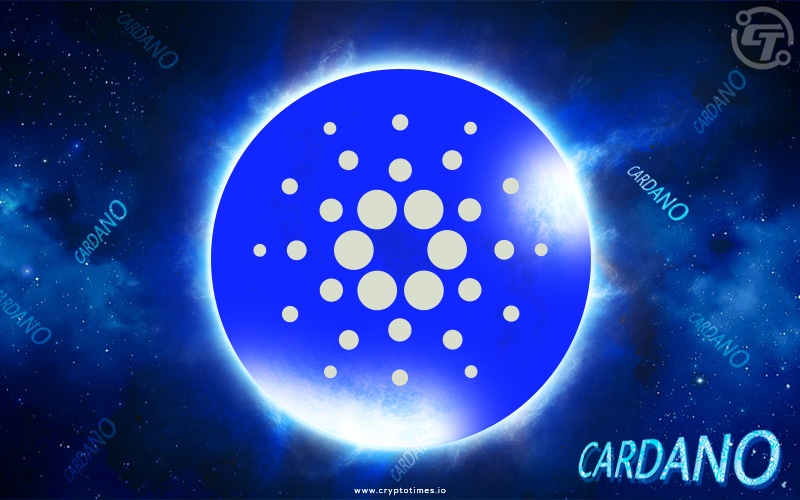Cardano, which is mostly traded on crypto exchange in pair with tether (ADA USDT), is a public blockchain and a platform for the creation of third-generation decentralized applications. Because it was the first blockchain to include a technique known as peer-reviewed research into its fundamental architecture, the platform quickly gained popularity and garnered the media’s attention.
When discussing Cardano, a significant number of investors and experts consider it to be a third-generation cryptocurrency. Let’s look at the importance of Cardano in the cryptocurrency market and a few of the main benefits of investing in this digital currency.
Why is Cardano a Third-Generation cryptocurrency?
First-generation cryptocurrencies like Bitcoin made it feasible for traders all over the globe to utilize a safe and decentralized monetary system. This was made possible by the introduction of cryptocurrencies.
Another digital currency made its debut on the cryptocurrency market not too long after it was first made available. When Ethereum first entered the market, the creation of decentralized applications (dApps) was the primary focus of its efforts. This was significant since it was the primary objective of cryptocurrencies that belonged to the second generation. These coins were developed more recently.
On the other hand, third-generation cryptocurrencies have made considerable strides in solving the challenges plaguing the digital currency sector by studying Bitcoin and Ethereum. When it comes to cryptos, scalability, sustainability, and security are the three most important sectors. ADA and other third-generation cryptos enhance these areas by leveraging new advances such as layered architecture. This allows them to provide more value, solve more issues, and improve efficiency. Cardano aims to address these problems by creating guiding design principles.
What are the Primary Benefits of Cardano?
1. Source Code Available to Everyone
The creators of Cardano made the decision to release its source code into the public domain so that users of this cryptocurrency and the blockchain community at large might profit from it.
The major objective of establishing this network was to make it possible for various cryptocurrencies operating on separate networks or platforms to communicate with one another. and achieve one of the key goals of cryptocurrency to increase interoperability across different applications.
2. A Consensus Protocol With Low Energy Consumption
The high electricity consumption of PoW blockchains like Bitcoin and Ethereum was one of the primary issues with the 2021 bull run. Cardano uses 99% less electricity than either of these blockchains, thanks to its PoS method.
The creators of Cardano went with the proof of stake (PoS) variety of consensus protocols despite the fact that there are a wide variety of other types of consensus protocols available.
3. Cheaper Gas Fees
Cardano charges low transaction fees on its network thanks to the PoS mechanism. On Cardano, a transaction typically costs 0.17 ADA, which is about .73 USD at the time of writing.
4. A Reputable Team
A staff that is incredibly skilled, extremely knowledgeable, and reputable is the one responsible for the creation and development of it. Jeremy Wood and Charles Hoskinson, two of the core engineers of Ethereum, are now working on the Cardano project.
This gives them a significant amount of experience in the blockchain technology field. They founded the technology business that is now known as IOHK (Input Output Hong Kong), and it was via this very company that Cardano was able to bring together these two trustworthy industry professionals.
Professor Aggelos Kiayias, a well-known cryptographer who is also a member of the Cardano team, is an additional influential individual who helps to make the Cardano project one that should be taken into consideration.
5. A Multi-Asset network With Multiple Facets and Attributes
Cardano’s blockchain technology is designed to have two distinct levels, each of which serves the purpose of further improving and enhancing the operation of the network. The initial layer of the platform is the one that is responsible for the recording and processing of all of the transactions that take place on it.
The second layer addresses the supplementary features, such as smart contracts on a blockchain, among other things. The dual-layer design not only contributes to the primary function but also functions to improve efficiency by dividing the work that needs to be done between the two distinct levels it consists of.
Final Thoughts
When it comes to the scalability and safety of a blockchain network, Cardano is providing a solution that is unlike any other. This is made possible by the fact that Cardano is supported by a hard-working team of academics and engineers.
Subscribe to the Crypto times for more updates on Cardano.






